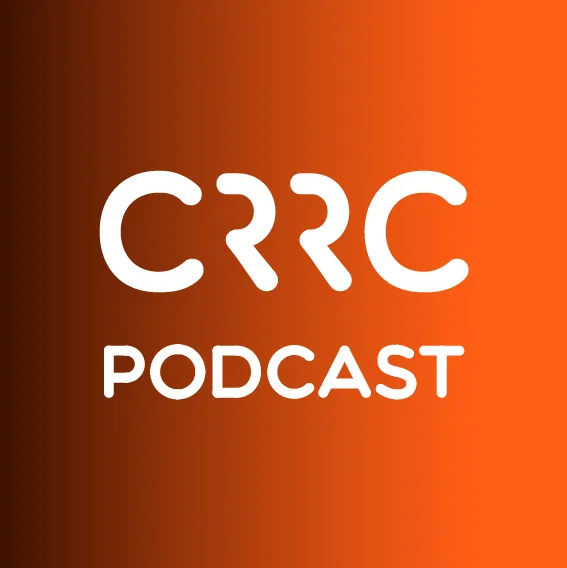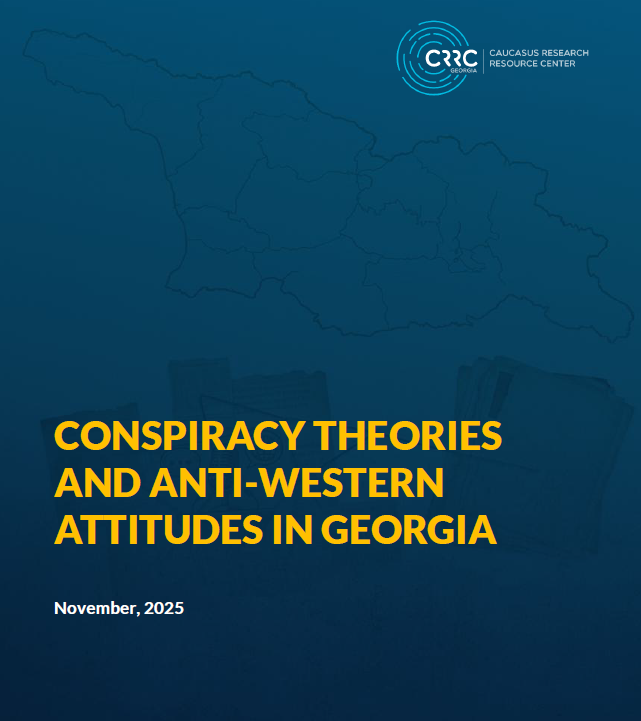May 31st is often called the Birthday of Internet. It was on this day in 1961 that American engineer and computer scientist Leonard Kleinrock published his first paper entitled “Information Flow in Large Communication Nets”. Even though the idea of the internet began being developed in the late 1960s, Kleinrock’s paper presented the initial idea of the internet as we know it today. More than 50 years later, 39% of world’s population is online. This is how many people have access to the internet according to the UN International Telecommunication Union. An earlier blog discussed internet and computer usage in Azerbaijan. This blog presents current trends in internet accessibility and usage in all three countries of the South Caucasus.
The 2012 Caucasus Barometer (CB) reveals that under half of each population uses the internet once a week or more, and within that 33% of Armenians, 26% of Georgians and 11% of Azerbaijanis use it every day. While internet use is more common in Armenia, its usage has increased in all three countries since 2010. Additionally, internet use is more common among men than women, among capital residents, and among those 18-35 years old.
Although internet usage is increasing in each country, over half of each population does not use the internet. Lack of need for the internet is the primary reason in Armenia and Azerbaijan, whereas lack of access to a computer is the primary reason that people do not use the internet in Georgia. Additionally, about a quarter of Azerbaijanis indicate that they are not interested in using the internet (24%) or have no way to connect (20%).
Those who use the internet were asked to name their most frequent activities online. The majority of people in Georgia and about half in Armenia and Azerbaijan mentioned social networking sites such as Odnoklassniki, Facebook and Myspace. Searching for information was also frequently mentioned, as was using Skype, particularly in Armenia. The data also shows that Azerbaijanis more frequently download, listen to and watch music and videos, as well as receive or send emails than in their Caucasian neighbors. Other internet activities such as playing online games, visiting dating websites, blogging, shopping or engaging in forum discussions were not frequently mentioned and thus remain less popular in the region.
This blog has shown that while internet usage is not as widespread as in some other countries, its use is increasing rapidly in the South Caucasus. Also, there are differences in the most frequent types of internet activities among Georgia, Armenia and Azerbaijan. CB data allows us to understand internet usage in the South Caucasus and to compare types of use among the three countries.
If you want to explore more about these questions, please visit the 2012 Caucasus Barometer dataset.










